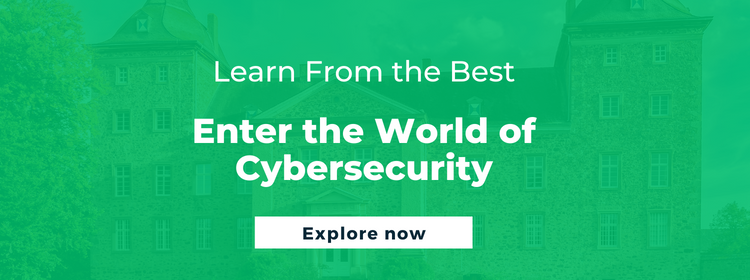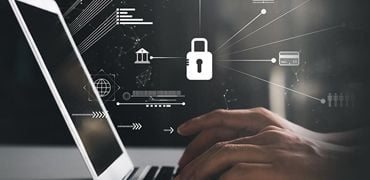Why is NIST Cybersecurity Framework Important for Tech-Era Businesses?

According to Cybercrime magazine, cyber crimes will cost the world $10.6 trillion annually by 2025. Hence, an understanding of cybersecurity has become essential for both individuals and companies as the tools to fight attacks. One way of developing this awareness is through a cybersecurity framework. This provides a common language and set of norms that enable organizations to minimize the risks of attacks. That’s why multiple cybersecurity frameworks have been implemented to safeguard information. One such is the NIST Cybersecurity Framework. We’ll understand how it works and who should use it but, first, we’ll answer the question ‘what is NIST Cybersecurity Framework?’
What is NIST Cybersecurity Framework?
Created by the National Institute of Standards and Technology (NIST), which operates under the US Department of Commerce, this framework helps set up and enhance cybersecurity strategy. It offers a set of standards and suggestions that help companies become better equipped to recognize and stop cyberattacks. Also, companies respond to, prevent, and recover from cyber disasters using NIST. Therefore, it is considered the benchmark standard in building a cybersecurity program. This framework has five core functionalities.
Identify
Using this function, the company may build vital infrastructure for understanding and managing cybersecurity risks, threats, and vulnerabilities to system data and other resources.
Protect
This function describes necessary safeguards to guarantee the delivery of critical infrastructure services. Moreover, it also supports the capacity to restrict or control the consequences of a possible cybersecurity event.
Detect
It is vital to detect possible cybersecurity issues, and this function outlines the required activities to note the development of a cybersecurity event in a timely way.
Respond
This function aids in mitigating the effects of a potential cyber disaster. It focuses on suitable activities in the event of a detected cybersecurity incident and helps limit the impact of a possible cybersecurity problem.
Recover
A prompt return to normal activities is required to mitigate the consequences of a cybersecurity event. Therefore, this function creates and carries out the necessary operations for resilience and restores any skills or services that were harmed due to a cybersecurity event.
Who Should Use the NIST Cybersecurity Framework?
Initially created in 2014 under President Barack Obama’s executive orders, this framework is used across US government offices. These guidelines benefit the government and help other businesses and non-governmental organizations. As a result, anybody dealing with or being accountable for their organization’s cybersecurity should be familiar with the NIST Cybersecurity Framework. Simply put, any company that wants to strengthen its cybersecurity can use the NIST Cybersecurity Framework.
ALSO READ: What is Cybersecurity and Why is it a Great Career Choice for You
How to Get Started with the NIST Cybersecurity Framework?
As mentioned earlier, the framework is divided into five significant functions: Identify, Protect, Detect, Respond, and Recover. When these five often-used phrases are viewed together, they give a complete picture of the lifecycle of managing cybersecurity over a period of time. As a result, the indicated functions are an appropriate place to start using this framework for your organization.
What does NIST Stand for?
NIST in NIST Cybersecurity Framework stands for the National Institute of Standards and Technology, which comes under the US Department of Commerce. It is a non-regulatory government organization established to foster innovation and economic competitiveness in science, engineering, and technology. Therefore, NIST’s primary job is to develop the best standards for companies and government agencies.
The downside of the digital world is the need for constant vigilance against cybercrimes, and the only way forward is knowing the tools to help deal with this reality. Learning about the NIST cybersecurity framework is a step in the right direction. Now, if you are keen on fortifying your knowledge further and becoming part of the solution, then explore Emeritus’ courses on cybersecurity to enhance your cybersecurity career.
By Siddhesh Shinde
Write to us at content@emeritus.org





